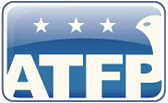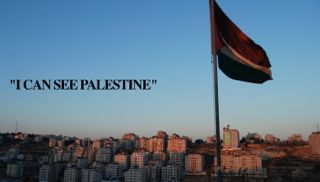We have been tasked by the 3D Security Initiative (3D) to provide insights into the complex
relationship between health and conflict in order to inform recommendations for U.S. national
security strategy. The 3D Security Initiative is particularly focused on exploring how health
initiatives may contribute to conflict moderation or mitigation, towards a sustainable peace.
Based on 3D’s policy analysis requirement, we focused our research on the following two goals:
- To discern key health patterns during periods of violence versus peace in conflict zones
- To discern major areas of need and best practices for health delivery in conflict zones
Ultimately, we seek to inform U.S. foreign assistance policy, a soft power component of U.S.
national security strategy. For this purpose, our policy analysis paper is organized as follows:
In part II, we begin with clarifying definitions of what constitutes a conflict zone and what
constitutes health based on scholarship in the political science and public health fields. These
definitions established the boundaries for determining the case studies of conflict and health
indicators we evaluate. Our choice of health indicators were further informed by interviews
with health experts. Part II concludes with an explication of the elements of our methodology.
The three-pronged methodology of our research includes:
- Examination of conflict cases and data analyses of health indicators in those conflict zones
- Study of primary and secondary sources on health conditions and delivery in conflict zones
- Interviews of health and human security experts in government, academia, and the field
In part III, we analyze the patterns of health indicators in conflict zones. In order to give an
overall picture of a conflict zone's health situation, we use not only indicators concerning health
outcomes but also those dealing with health systems resources. We support our data analyses
with academic literature and interviews of public health and human security experts. Where
information is available, we further analyze the interaction of health initiatives directed at
these indicators and the conflict or peace environment. The data in Appendices I-X inform this
discussion.
In part IV, we conclude with recommendations for targeting and delivering U.S. foreign health
assistance in conflict zones based on our findings in part III.
II. Definitions and Methodology
What Constitutes a Conflict Zone?
Conflict has been an unfortunate and enduring aspect of human history, from world wars to
street skirmishes. For the purposes of this research project, we limit our focus to conflicts that
either began in and/or continued, at least three years, into the post-Cold War era. Our main
time period of concern is therefore 1989 to 2008. This focus is deliberate, because we seek to
inform U.S. foreign policy in the most current context of the international system. The last two
decades are distinct in the emergence of the United States as a world leader, the acceleration
and reach of globalization, the need for multilateral cooperation with rising new powers, and
the changing nature of global threats from climate change to non-state actors.
Conflict has wide-ranging definitions, depending on the nature of the opposing parties, the
reasons for their incompatibility or disagreement, and the scale of violence. We derive our
definition from political science literature and scholarship on armed conflicts. According to the
Uppsala Conflict Data Program in Sweden, armed conflicts involve at least two opposing parties
of which one is a government, a contested incompatibility over government and/or territory,
the use of armed force, and at least 25 battle-related deaths in one calendar year. Armed conflicts may be inter-state or intra-state in nature. An inter-state conflict involves two or more governments, while an intra-state conflict involves a government and one or more nongovernmental units. Intra-state conflicts may also include the external involvement of intervening governments in addition to the direct parties of the conflict.
To download the full report please click below:
| Attachment | Size |
|---|---|
| 3D_NexusBetweenHealthAndSecurity.pdf | 1.93 MB |
Harvard University – John F. Kennedy School of Government - December 30, 2008 - Back to Resources Page
Did we miss something?
Click here to suggest a state building resource to be added to our fast-growing archive!
















